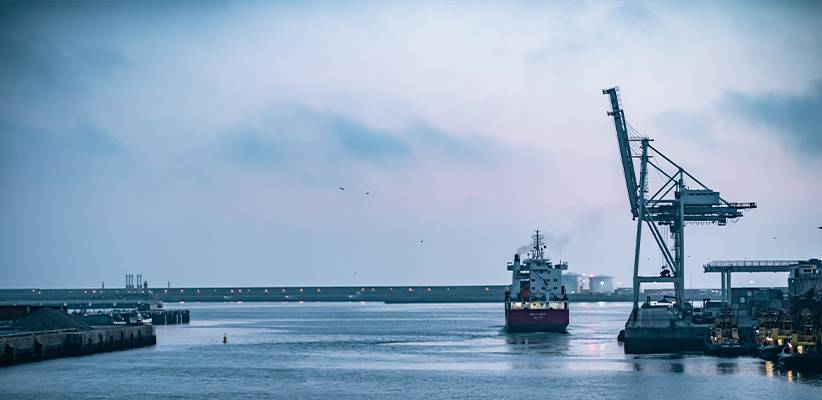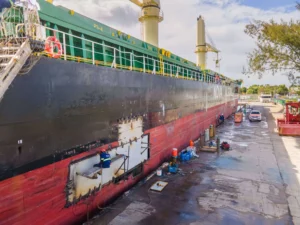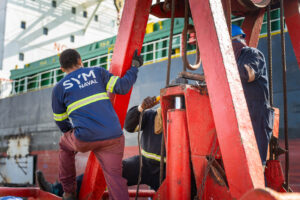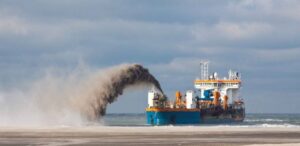The first action of the PERTE Naval is already underway. The call for the mission “Promoting application technologies in the naval sector that improve its competitiveness in the 21st century” managed by the Center for the Industrial Technological Development (CDTI) aims to boost the R&D&I of the naval business sector, improve the competitiveness of the Spanish shipyards and promote the public-private cooperation.
The mission is endowed with 30 million euros from the European Next Generation funds and the deadline for submitting applications is September 5, 2022.
Its objective is to contribute to modernize and make the Spanish naval sector more competitive, adapting it to today’s global needs and dynamics. To this end, it will stimulate R&D in all technologies and activities related to shipbuilding: new materials, new propulsion systems and sensorization and digitalization technologies for ships and surface or underwater marine vehicles (manned or unmanned) that perform specific functions such as deep-sea operations, cabling, facility maintenance, etc.
Zero-emission fuels
Priority is given to the development of zero-emission propulsion systems applied to maritime transport. Especially efficient solutions and technologies for the generation and storage of hydrogen (fuel cells) and green ammonia (fuel cell fed with H2 from the dissociation of green ammonia or SOFC fuel cell fed directly with green ammonia obtained from the synthesis of green hydrogen). The application in the marine sector of these multipurpose fuels is twofold: to power both main and auxiliary engines and to generate power in port with zero emissions.
Offshore platforms
It is also intended to promote the development of new designs of transportable and easily dismantled floating structures used in the construction of offshore platforms for the production of renewable energies. Functionality, lightness, safety and environmental friendliness (sustainability and circular economy) are the points to be optimized.
Logistics management
Finally, initiatives aimed at the development of technologies linked to logistics and intermodal management with the adaptation and transformation of current transportation systems will be considered. The aim is to move towards a more intelligent, integrated and sustainable transport model based on the digitization and automation of processes, with Artificial Intelligence playing an increasingly important role.
Within this mission, proposals for research and development of new solutions from laboratory to pilot plant scale of both complete systems and components or subsystems may be contemplated.
PERTE Naval industrial plan to arrive in September
This technological plan will be reinforced in September with the announcement of the PERTE Naval industrial plan, which will have a budget of 200 million euros.
In total, the PERTE Naval foresees an investment of 1,460 million euros with a public sector contribution of 310 million and a private investment of 1,150 million.
The objectives of this PERTE are:
- Maintain the contribution of this sector to strategic industrial autonomy;
- Diversify the activity towards marine renewable energies;
- Digitizing the value chain;
- Increase environmental sustainability;
- Improve employee education and training;
- Generate significant economic and social returns;
- Contribute to the development of the naval sector;
- Create qualified and quality employment.
According to the Ministry of Industry, the impact of the PERTE Naval will involve the collaboration of different industrial sectors that will transform the industrial value chain of the naval sector, diversifying its production towards marine renewable energies and low-emission ships.
The PERTE Naval will contribute to the modernization of a strategic sector in Spain. The objective set by the Government is to increase its competitiveness by around 15% and achieve an annual growth rate of 9%.
The PERTE Naval is expected to contribute to the creation of almost 3,100 quality jobs, mainly in the peripheral regions where the shipyards and wind farms are located.



